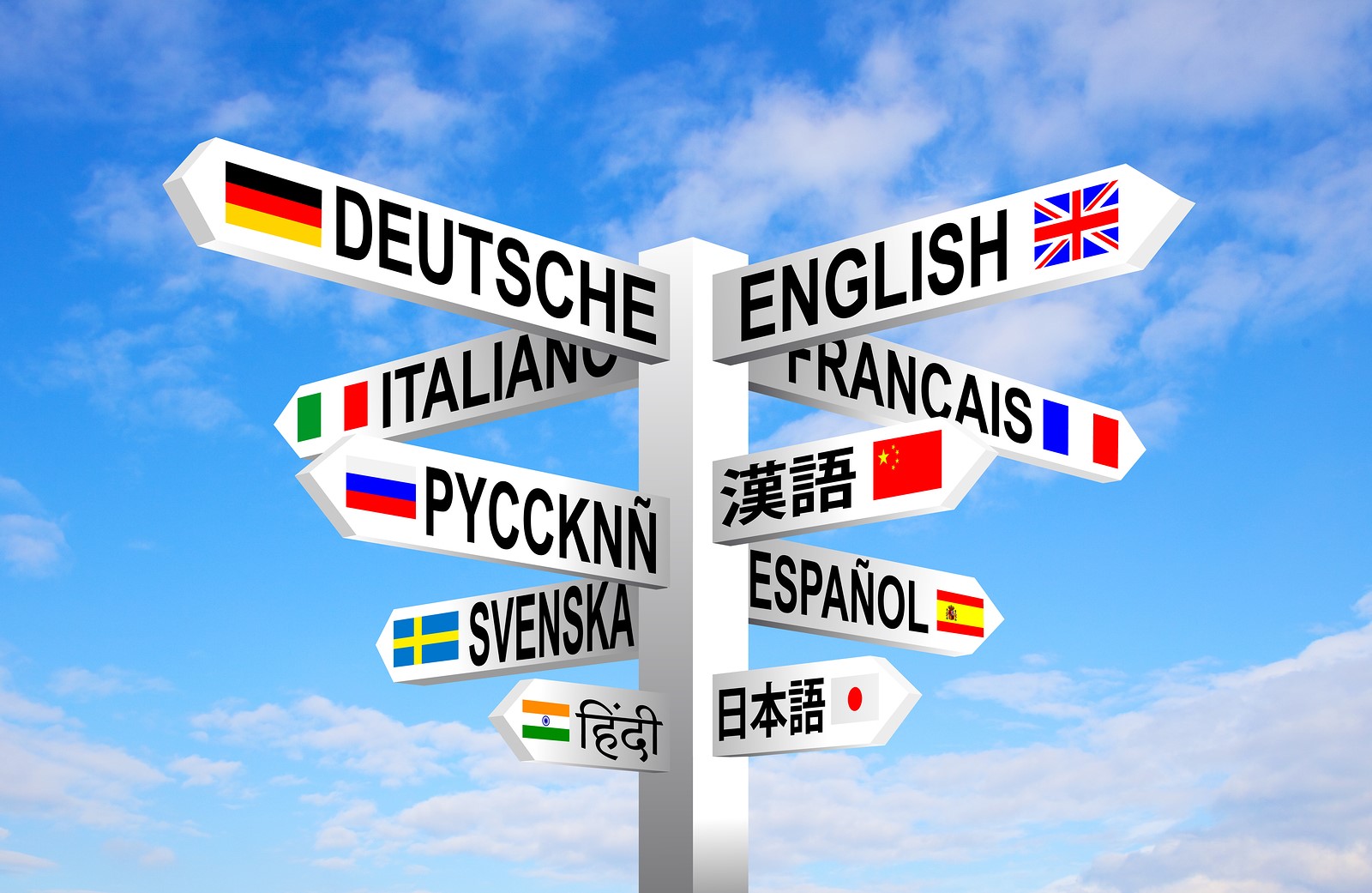Translating words in their literal sense takes a lot of time and effort, yet translating passages with a specific culture in mind is a different story. Those training to become translators and even experienced translators face the challenge of translating words and phrases that are heavily grounded in one culture, verbal or otherwise.

Much has been said about the best workaround methods for this challenge, be it through paraphrasing, using the nearest local equivalent, or coining a new word altogether through a literal translation. Even today, translating cultural-bound words, phrases, and references continue to fascinate and challenge translators and translation companies everywhere.
Where the Challenge Lies
It must first be understood that the word “translation” can also be understood in different ways. One such understanding, offered by American theorist Lawrence Venuti, says that the ultimate goal of translation is to “bring back a cultural other as the same, the recognizable, even the familiar”. Thus, the viability of a translation will be established by its relationship to the cultural and social conditions of a particular audience.
This is where the challenge for most translators comes in, as they are expected to handle an idea that makes sense in the source language, but may not have the same impact in other languages. For instance, Americans and other countries familiar with baseball may understand the reference of an item being “baseball-sized”, but to those unfamiliar with the game, the reference may make no sense at all.
How Translators Overcome the Challenge
Expert linguists and translators have different views on the best ways to overcome the challenge, and their methods are almost always in line with the current trends. Writing in 2004, Nico Wiersema, currently a professor of languages in Mexico, mentioned the idea of globalization and translation, and that the world has been gradually increasing the use of English as a global language. According to Wiersema, he sees a trend wherein culturally bound or untranslatable elements are not translated, which actually contributes to a better understanding of foreign cultures.
A translator may either adopt the foreign word without offering any explanation or offer an extensive explanation. Furthermore, a translator can also suggest that a client modify the text to make it more comprehensible for the target-language audience. Doing so can make the text more understandable and closer to the source culture.
Ultimately, however, there is yet to be a definite solution for translating culturally specific references. Translators themselves are still looking for a consensus on the best method. You can be assured that when you are in need of corporate translation services, companies like Excel Translations will work closely with you to determine the most appropriate way to handle the specific cultural aspects of your translations.
Sources:
Cultural Translation, TranslationDirectory.com
Culture-Specific Items in Literary Translations, Translation Journal